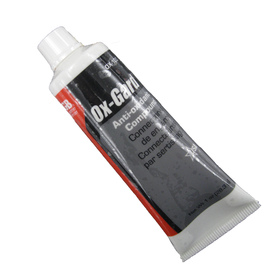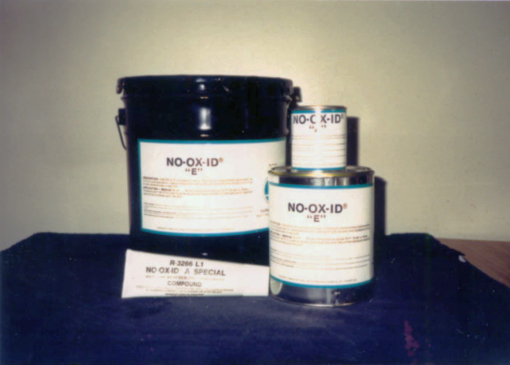We had a bike break down at XS East. The alternator wouldn't charge. The connector behind the fuse block had recently been replaced. That connector was melted again. It had been packed full of dielectric grease. We cleaned up the mess and removed the damaged connector. We connected and individually wrapped the wires. All done in a parking lot, so we could get on down the road.
I wouldn't use it at all myself. I really don't think anybody should be packing connectors with it. It caused a breakdown at the rally. Those of you who recommend this stuff, please rethink it. A little smear here and there is one thing, but this is what it leads to. I don't know how you get that stuff off. On the side of the road, it was resistant to carburetor cleaner and WD40.
Anyway, this breakdown was caused by dielectric grease. Think about that before you pack your connectors with it.
I wouldn't use it at all myself. I really don't think anybody should be packing connectors with it. It caused a breakdown at the rally. Those of you who recommend this stuff, please rethink it. A little smear here and there is one thing, but this is what it leads to. I don't know how you get that stuff off. On the side of the road, it was resistant to carburetor cleaner and WD40.
Anyway, this breakdown was caused by dielectric grease. Think about that before you pack your connectors with it.


 .
.





Comment